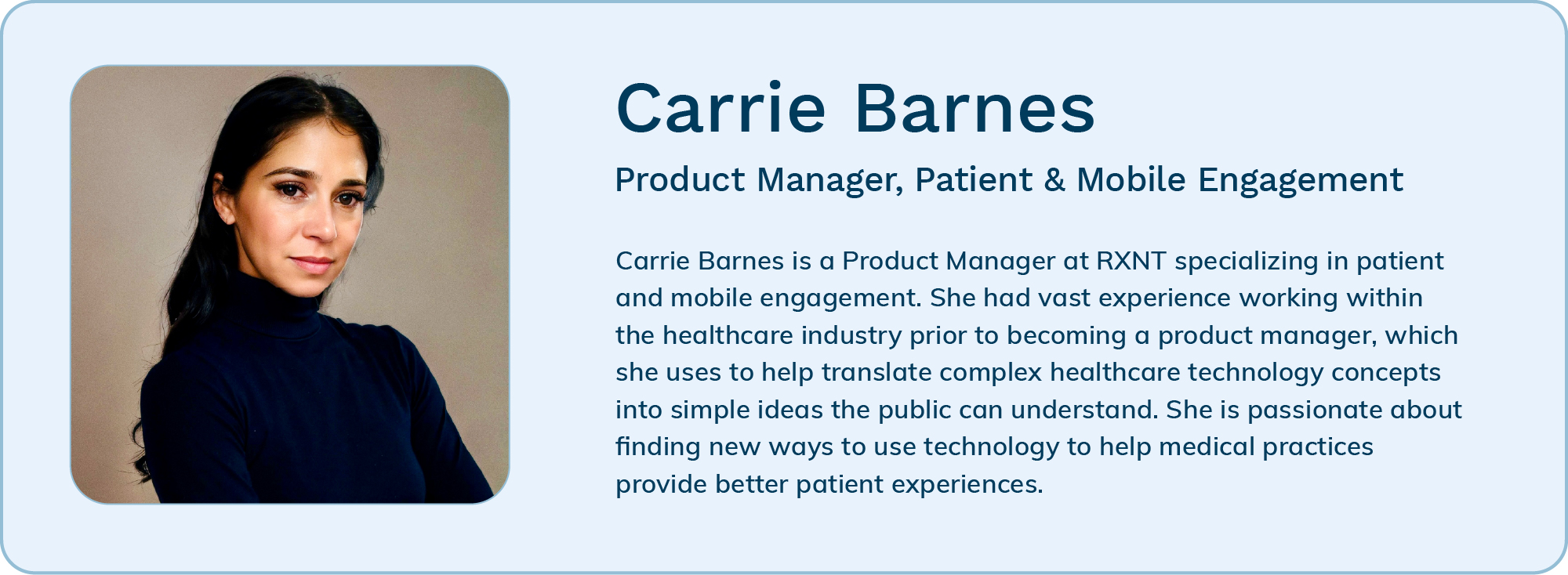Healthcare is notoriously complex. One of the most complicated areas for patients and providers? Payment collection. Overcoming obstacles to create a smoother and more accurate process brings huge benefits to practices and their financial well-being.
4 Common Collection Roadblocks
There isn’t one factor that makes collecting patient payments difficult. Practices and providers have to navigate multiple obstacles.
- Incorrect patient data. Effective billing starts with a strong foundation of accurate patient information. But when that data is incorrect, or the wrong metrics and data are tracked, practices often have to scramble to make corrections.
- Billing and coding errors. If a patient’s information is entered incorrectly in the payment system, it can lead to incorrect charges, insurance company denials, and delayed reimbursements—not to mention confusion for the patient and the practice. As patients and practices sort through the errors, payments are often delayed, which can cause a ripple effect of issues in revenue management.
- Rising insurance costs and denials. Insurance costs are increasing as the number of denials also grows. Complex insurance, rising costs, and denials can overwhelm patients and delay payments, leading to a lack of cash flow for practices.
- Lack of training for billing staff. Healthcare regularly changes, and employees and billing staff must stay current on regulations, trends, and technology. When patient-facing staff aren’t trained on billing and payment issues, it can cause confusion and delay as they search for answers or potentially give patients incorrect information.
How Payment Collection Impacts a Practice’s Financial Health
Patient payment collection issues aren’t just frustrating for patients and providers — they can also lead to serious financial challenges for practices.
Delayed patient payments impact a practice’s accounts receivable and have a ripple effect on revenue cycle management (RCM). As claims go back and forth between payers and providers for months or patients delay making a payment for any number of reasons, practices don’t have the cash available to accurately represent their revenue cycle. With payments at different points in the collection process, it can be challenging for practices to have an accurate view of their cash flow and revenue.
One healthcare patient access leader put it this way: “From the hospital’s perspective, our ability to enter the correct insurance, verify accurate demographics for the patient, and collect the patient’s financial responsibility at the front end all reduces rework throughout the revenue cycle and ultimately reduces potential denials.”
4 Ways to Improve Patient Payment Collection
Although patient payment collection can be confusing and complex, practices can leverage tools and technology to make the process smoother and more efficient for all parties. Overcoming these obstacles creates a better patient experience and streamlines a practice’s finances for a more accurate view of accounts receivable and smoother RCM.
Mobile Apps
Today’s patients use mobile apps in nearly every aspect of their lives, and healthcare shouldn’t be any different. Mobile apps allow patients to check in remotely and ensure their information is accurate before their appointment, eliminating the chance of incorrect patient information. But more importantly, mobile apps offer the seamless payment methods patients crave. One survey of healthcare consumers found that 44% pay medical bills faster when they receive a digital or phone notification about their bill.
Another survey of healthcare leaders found that 93% of executives say mobile apps can help health systems reach their digital strategy goals, and nearly two-thirds say mobile engagement helps patients with scheduling and payments.
Overcoming patient payment obstacles means making the payment process as simple as possible and removing roadblocks. Mobile apps are convenient, easily showing patients what they are paying for and making it easy for them to make payments and for providers to collect payments — that convenience can make a significant difference in receiving payments quickly and on time.
Online Prepayment
Instead of tracking down patients after the fact for payment, collecting payment online before an appointment can significantly speed up the payment collection process. Online payments are convenient for patients and process faster, often leading to fewer delays and errors.
Integrating online prepayment into the patient registration or early check-in process ensures patients are aware of their financial responsibilities and can ask questions and make payments before their appointment.
Payment at Check-in
Another effective option for practices is to collect payment at check-in. Research shows that 74% of providers take more than one month to collect patient payments. Collecting payment when patients arrive at the hospital or clinic can avoid those delays and help providers correct information and potential errors before the patient is even seen.
Collecting payment at the time of service reduces accounts receivable and increases cash flow for practices while also lowering the time and resources required for medical billing and collection. Upfront payments decrease the administration burden of tracking and writing off bad patient debt and managing the growing portion of practice revenue generated from patient payments.
Advanced Reporting and Analytics
A lack of training and tools for billing staff plays a significant role in patient payment issues. Empowering employees with real-time tools and accurate data can help them quickly address payment issues or prevent them before they grow. RXNT’s dynamic Advanced Reporting tool provides comprehensive insights in an interactive and personalized dashboard.
Dashboards can provide real-time insights on revenue, RCM, activity reports, cash-basis aging, RVUs, and rejection insights—all of which are designed to make billing and collection easier and more accurate.
There’s no avoiding payment collections in healthcare, so practices benefit from making the process as smooth and accurate as possible. Investing in best practices improves the patient experience and can boost the financial well-being of your practice. Ready to learn more about how RXNT can improve your financial processes? Contact us today.





